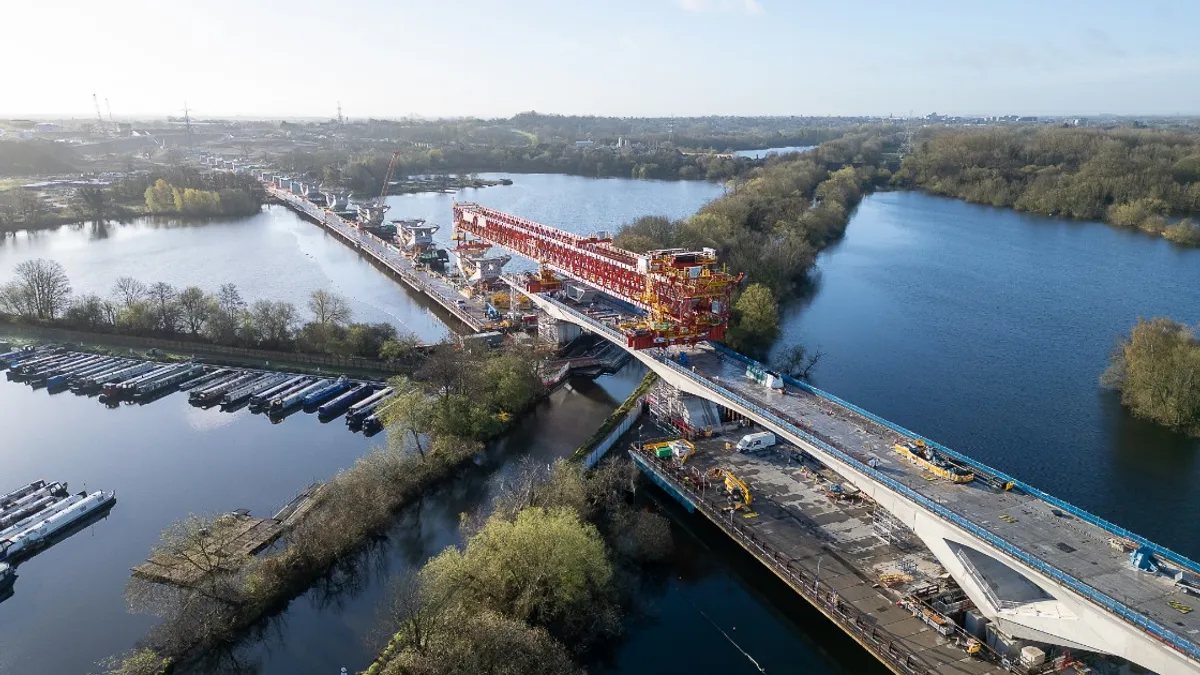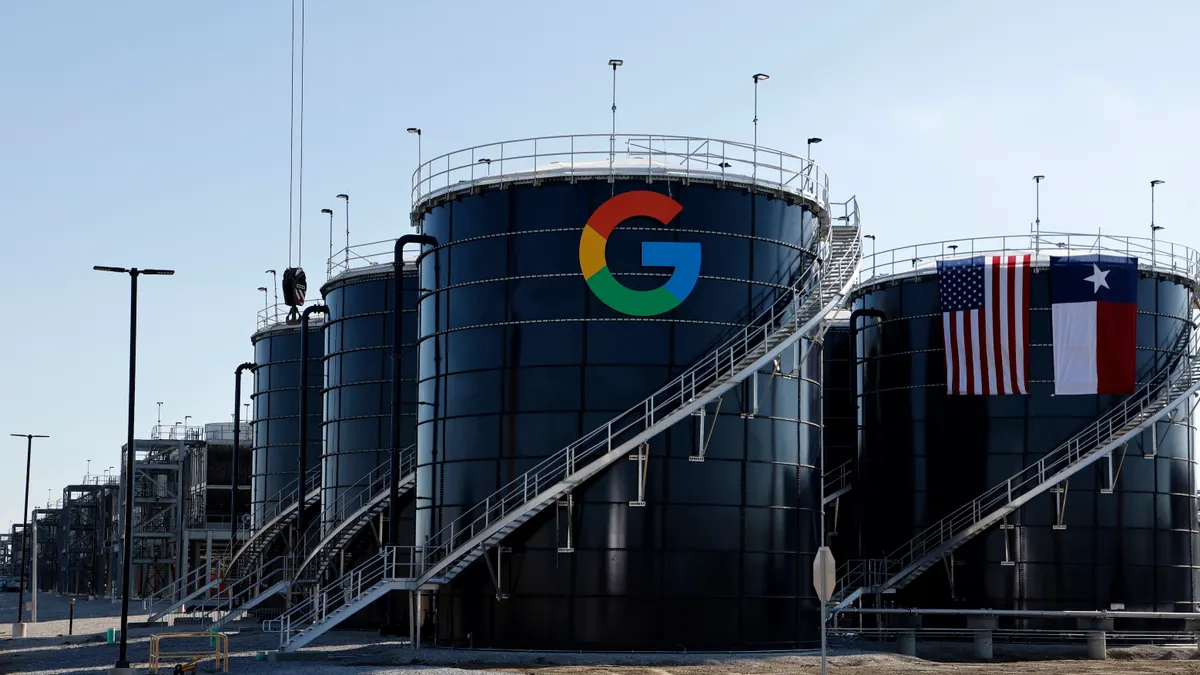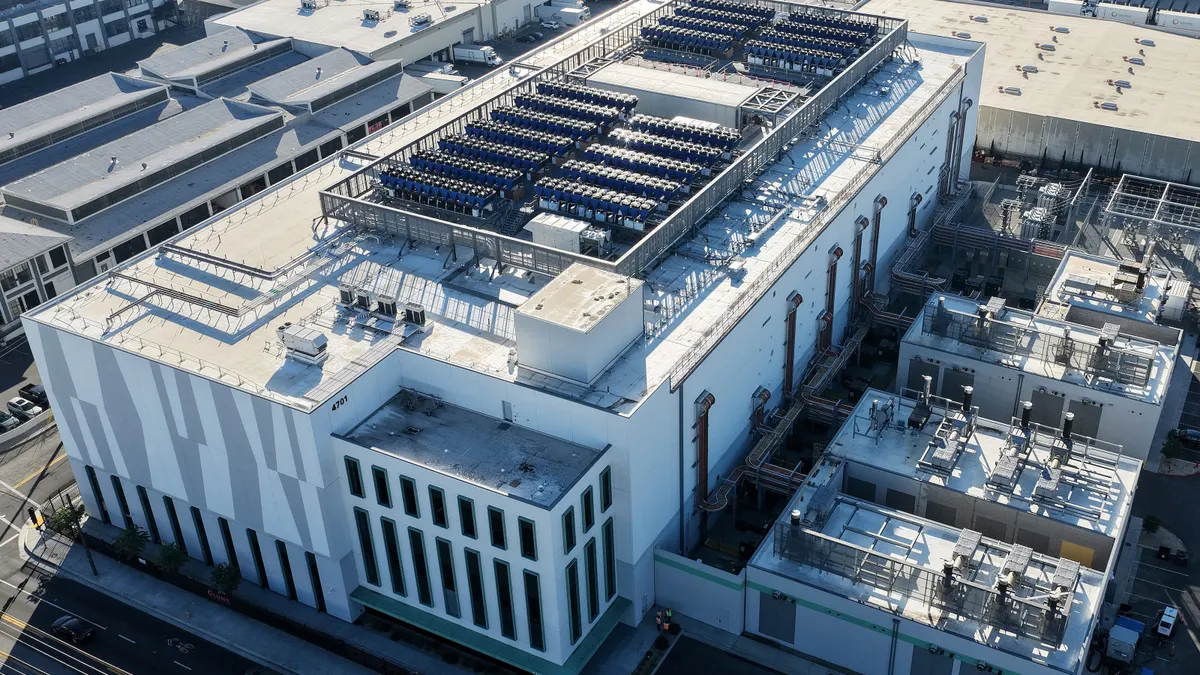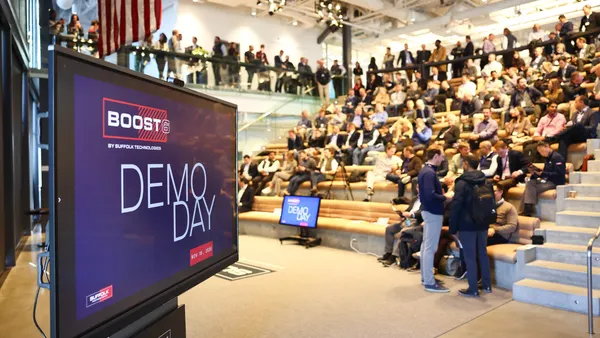Construction is Autodesk Inc.'s next strategic growth area, as evidenced by its three major acquisitions of construction software companies during 2018.
In an effort to expand its cloud-based BIM 360 construction management platform, the $27 billion software giant absorbed data management firm Assemble Systems in July for an undisclosed amount, field management platform PlanGrid in November for $875 million (its biggest acquisition ever), and most recently, bid management platform BuildingConnected for $275 million net cash. Autodesk completed the latter deal, which was announced in December, at market close yesterday.
Autodesk CEO Andrew Anagnost took the helm roughly a year and a half ago. He brings manufacturing industry experience, having led some of Autodesk’s mechanical product development, and through this lens, sees a great opportunity to boost construction's efficiency by industrializing its processes.
Construction Dive talked to Anagnost and BuildingConnected CEO Dustin DeVan to hear more about how this latest deal fits into a broader strategy of digitizing the industry one workflow at a time.
Plugging the gaps
Anagnost kicked off the discussion with a big-picture idea. “The big strategy long-term is to bring the building information model to all aspects of the construction process,” from design and preconstruction to site management and operations, he said. Autodesk's BIM 360 is well-catered to project management from the office, he added, while mobile-centric PlanGrid adds field expertise to the equation.
BuildingConnected not only fills the preconstruction gap in Autodesk’s offerings, but loops in “an ecosystem of suppliers and contractors that can engage and interact with each other to get the right kinds of bids out to and back from various projects,” Anagnost said.
The brainchild of Dustin DeVan, who quit his position at a general contracting firm to launch the company in 2012, BuildingConnected lets general contractors and owners invite subcontractors and vendors to bid or submit budgets for projects. It adds a layer of risk management, as well, by allowing users to check the financial and safety track records of contenders before inviting them to bid. The platform is now 700,000 professionals strong, according to DeVan.
The products pair extremely well, he said, especially with Autodesk’s earlier acquisition of Assemble, which extracts quantities from model data. When these quantities are available in the preconstruction process, subcontractors and vendors can develop their budgets and costs more quickly and accurately, according to Devan.
"The digitization wave is here to stay ... the technology is ready, the products are ready and the customers are ready. Ten years ago, that wasn't the case."

Andrew Anagnost
CEO, Autodesk
BIM 360 will expand BuildingConnected’s risk management capabilities, too, DeVan continued. One example is to equip a contractor with a “feedback loop from how a sub performs in the field,” he said, to inform the company’s future subcontractor selections.
“There [are] all kinds of opportunity out there,” he said. “The biggest challenge is [determining] what’s going to create the most value for the customers.”
And the timing has never been better to build upon industry software offerings, according to Anagnost. “The digitization wave is here to stay,” he said, describing a perfect storm that may drive more rapid change in the industry than even the most optimistic expect. “The technology is ready, the products are ready and the customers are ready," he said. "Ten years ago, that wasn’t the case.”
Launching an industry-wide ‘digital journey’
As for any signs of further acquisition activity from Autodesk, “right now, we feel pretty good about the portfolio we’ve built up,” Anagnost said. “We now have all the bits and pieces we need to really help our customers continue to move forward on their digital journey.”
In 10 years, he’d like to see construction companies managing their processes, workflows, designs and execution more like a manufacturer, “like they’re building a car or an airplane,” than how they’re strategizing today.
It comes as little surprise that the generally paper-reliant construction industry trails most sectors in digitization, according to McKinsey & Co., but it’s particularly shocking that only hunting and agriculture are doing worse.
A industrywide digital strategy has to factor in just how fragmented construction is, Anagnost acknowledged. But the pain points are shared across companies of all sizes, he said, and the journey starts with small steps.
Construction firms don’t need heavy-duty project management or the most sophisticated tools yet — but “they all need to start thinking about how to manage their flow of information digitally,” he said. “It’s not a matter of the size of firms — it’s a matter of the awareness of the availability of the technology and how well it’s designed to work with what they do.”
BIM 360 is an advanced tool that’s in the hands of a number of large firms focused on “deepening their technology footprint,” Anagnost said. But BuildingConnected and PlanGrid are so targeted to contractors’ pain points and preferred user experience, he added, that they can serve customers that don’t necessarily have a strong technology base but know they need to move forward.
In the same vein, DeVan attributes his company’s success to a sharp focus on well-defined challenges in the traditional preconstruction process. “I think a lot of software companies dilute themselves in trying to do too many things well," he said, "and none of it’s done as well as it should be." For this reason, BuildingConnected will continue its “focus on owning preconstruction and making sure that the communication process between people with projects and people who want to participate in those projects is seamless.”
Funding tech when times are tough
The stakes of this digital journey are high, Anagnost said. “We as a society can’t afford construction to be as inefficient as it is. We don’t have enough money to build everything we need to build.”
For example, the American Society of Civil Engineers estimates that $2 trillion (double President Donald Trump’s proposed $1 trillion) is needed to close a 10-year infrastructure investment gap in the U.S.
Construction companies will need technology to be able to build more projects, more efficiently and with fewer resources, he said. Adding fuel to the fire is the fear of another recession, which many economists are expecting either at the end of this year or beginning of next.
Contrary to what one may expect, the construction industry continued technology investments during the last economic downturn, claims Anagnost. The reason for this was simple, he said — the most digital player in such a climate is also the most agile and attractive to clients.
“The [company] that can respond the most quickly, the one that knows how to get asynchronous access to [its] customers … gets the higher-quality bid out there, and is going to be the one that survives and wins when the projects get more competitive.”




















